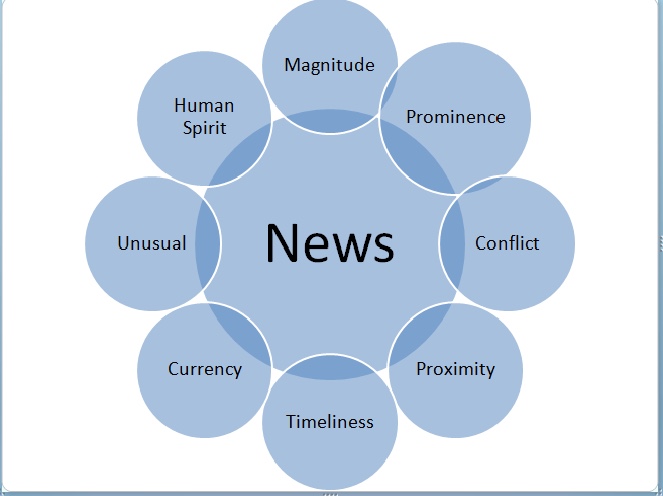Residents of various side streets in Sandringham are reporting several accidents caused by the overly narrow roads and lack of government safety measures. Various sources state that parked cars are having their wing mirrors smashed by reckless drivers and that the unregulated parking is causing traffic jams, particularly around peak hour.

(Source)
Jamie Killick, a resident of Duncan Ave, alleges her wing mirror was smashed by speeding vehicles while parked.
“I live in a flat with three other people and our driveway is only big enough for one car so three of us are forced to park on the road. I don’t want to have to worry about paying to fix my wing mirror just because the council isn’t prepared to sort out any safety precautions.”
Another frustrated Auckland local, Kacey Barrett, details how she also had the wing mirror of her car taken off by a reckless driver in the clip below.
Dangerous enough on a regular day, these problematic streets become increasingly busy during rugby season due to Eden Park being a short walk away. Both sides of the road fill with parked cars, leaving only enough space for one vehicle to pass through safely. It has been said that crash rates often rise on narrow roads, so residents are becoming increasingly frustrated and confused as to why nothing is being done.

(Haverstock Road on a regular day, not during peak traffic)
The government has failed to take measures to ensure the safety of Sandringham residents, such as Jamie and her boyfriend, with many locals commenting that they’d like to see stop signs, speed bumps or for cars to only park on one side of the road. A reasonable request when taking into consideration that speed is a key contributing factor in motor vehicle accidents.

“I genuinely think that if we just had some speed bumps put in it would mean way less accidents, like I see broken off wing mirrors literally just lying on the side of the road all the time. And if cars are that careless and continue to speed, who’s to say that they’re not going to take out a kid coming from the playground at Taumata reserve.” – Jamie Killick
With locals up in arms about the dangerous nature of Sandringham side streets, the unanimous opinion is that the government must step up to protect both residents and their property.





